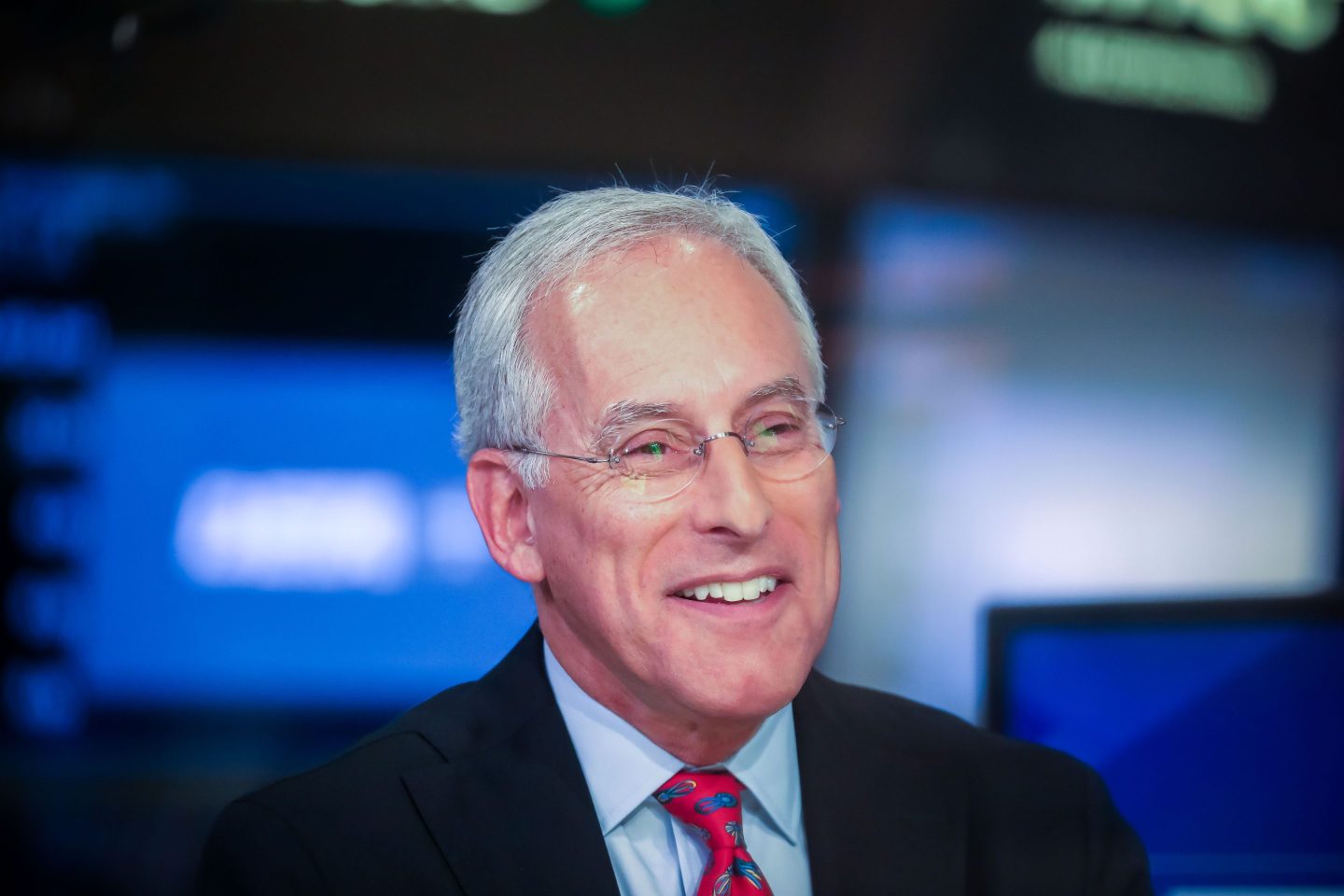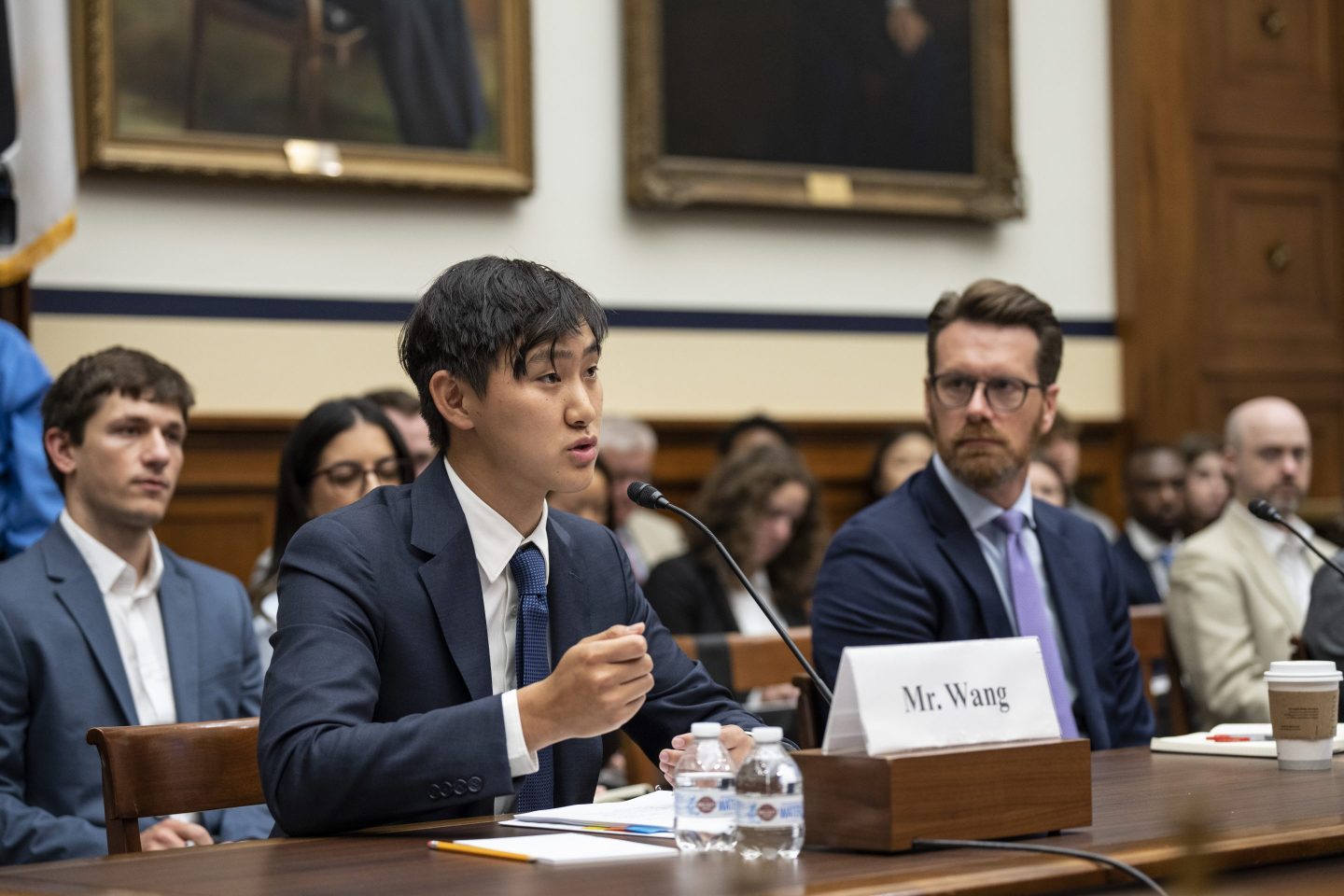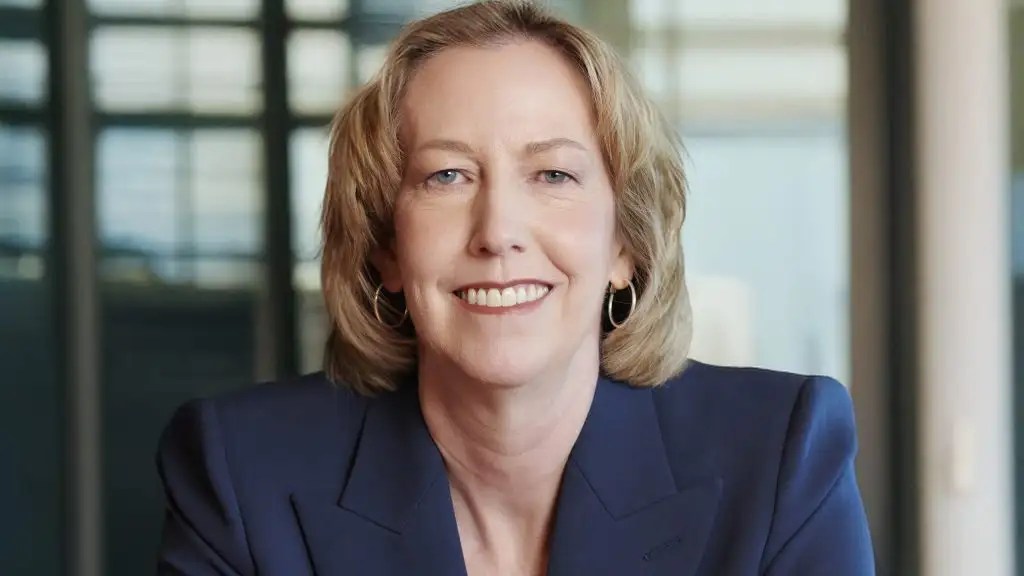Good morning. The spotlight has returned to regional banks amid the struggling commercial real estate market.
“It feels like a problem we’ll be working on for years,” Federal Reserve Chair Jerome Powell said in a recent 60 Minutes interview. He said that “it’s a sizable problem.” However, from looking at the larger banks’ balance sheets, it appears to be “a manageable problem,” Powell said. He doesn’t see much risk for a repeat of the 2008 banking crisis, but some smaller and regional banks that have concentrated exposures in commercial real estate are challenged, he said.
Meanwhile, Treasury Secretary Janet Yellen told lawmakers on Feb. 7 that she’s “concerned” about the combination of high interest rates and vacancy rates plaging the commercial real estate market, Fortune reported. Yellen also said she believes the situation is manageable “although there may be some institutions that are quite stressed by this problem.”
Considering last year’s infamous bank run on Silicon Valley Bank, its subsequent collapse, and that of Signature Bank and First Republic Bank, on Jan. 31 New York Community Bancorp rattled Wall Street when it reported earnings. The bank slashed its dividend by 71%, to 5 cents a share, and reported a Q4 loss of 36 cents a share. NYCB set aside a $552 million provision for credit losses and a $185 million net charge-off connected to New York City office and multifamily properties.
NYCB has since sought to reassure investors by appointing Alessandro DiNello, the former CEO of Flagstar Bancorp, as its executive chairman. DiNello said on a call Feb. 7 the bank will consider selling loans in its commercial real estate portfolio or allow them to run off the balance sheet naturally, Reuters reported. The bank has liquidity of $37.3 billion, exceeding its total uninsured deposits that, excluding collateralized and internal deposits, stood at $22.9 billion, Fortune reported. NYCB has a total deposits of approximately $83 billion.
David Chiaverini, a managing director at Wedbush Securities, detailed some concern in a note to investors on Feb. 2 regarding banks’ Q4 earnings results. “Names we feel incrementally worse about post-earnings include NYCB, COLB [Columbia Banking System, Inc.], and VLY [Valley National Bancorp],” he wrote.
Is NYCB a reasonable reflection of peers at this point? “We’re not out of the woods yet regarding commercial real estate losses,” Chiaverini told me. But he also echoed Powell and Yellen in saying the issue remains “manageable for most banks” because maturities are “spread out over multiple years, which provides time for banks to set aside appropriate reserves.”
In the wake of last year’s regional bank collapses, CFOs began facing some difficult questions from stakeholders and boards—even if their firms weren’t directly impacted—as risk management kicked into a higher gear.
Although banks are “well capitalized and our base case is that we won’t see additional bank failures,” Chiaverini explained, “CFOs should be prudent in managing their uninsured deposit levels appropriately and should have multiple bank relationships to spread risk.”
Sheryl Estrada
sheryl.estrada@fortune.com
Upcoming event: Fortune’s CFO Collaborative is an invitation-only group of CFOs from leading companies that meets virtually and in person for deep-dive discussions on what’s top of mind.
Next month, our topic will be “Determining the value proposition for GenAI.” In this intimate dinner discussion, scheduled for Feb. 28 in Houston and hosted in partnership with Workday and Deloitte, we’ll explore how companies can best capitalize on the AI Revolution and the operational and organizational changes required for businesses to incorporate GenAI. Join me and Fortune senior editor-at-large Geoff Colvin for a discussion with Niccolo de Masi, chairman of The Futurum Group, a global technology advisory, and leading CFOs from Houston and beyond.
It’s an invite-only event, but CFOs can apply to attend here. If you’d like more information, please send an email to: CFOCollaborative@Fortune.com
Leaderboard
Manmohan Mahajan was appointed EVP and global chief financial officer at Walgreens Boots Alliance (Nasdaq: WBA). He has served as interim global CFO since July 2023 and has played an integral role in leading WBA’s growth and cost discipline efforts, according to WBA. Mahajan joined the company in 2016 and previously served as senior vice president, global controller, and chief accounting officer. Prior to joining WBA, he served in positions of increasing responsibility with GE Capital, a former subsidiary of General Electric Company.
Betsy Chivinski was named senior executive vice president and interim CFO at Fulton Financial Corporation (Nasdaq: FULT), effective immediately. Chivinski is replacing Mark McCollom, who resigned from Fulton Financial on Feb. 8. Chivinski has more than 40 years of experience in the financial services industry. Previously chief risk officer, she will be responsible for the overall financial governance of the corporation until a new CFO is named. Atul Malhotra has been promoted to chief risk officer to succeed Chivinski.
Big deal
Data from S&P Global Market Intelligence finds that retail investors bought a net $5.62 billion in stocks in January as the S&P 500 climbed to an all-time high. This follows retail investors "uncharacteristically" selling off $25.92 billion stocks amid a rally at the end of 2023.
"We typically would have expected to see the group chasing the rally for fear of missing out on gains," Christopher Blake, executive director for S&P Global Issuer Solutions, said in a statement. In 2024, fears of missing out on the rally appeared to take over the group, according to the report.
Meanwhile, institutions bought a net $6.30 billion of stocks in December 2023, and the group has sold off a net $222.22 billion over the past year. "The overall return to net outflows for [institutions] was more likely driven by macro headwinds for active long-only strategies as opposed to the group turning more negative on this rally as a whole," Blake said.

Going deeper
"How Financial Stability Hinges on Bank Business Models," an article in Wharton's business journal, highlights a Future of Finance roundtable discussion that drew attention to the structural weaknesses and regulatory pain points in the financial system. “The bank failures in March of 2023 put on the agenda key issues in the regulation of the financial system,” said Wharton finance professor Itay Goldstein, who led the discussion.
Overheard
“I think with AI, the gap between the technology being developed and its real impact on the economy may be a lot shorter.”
—Peter Oppenheimer, Goldman Sachs’ chief global equity strategist and head of macro research in Europe told Fortune in an interview that change takes time after a technological revolution. However, AI already sits on the back of existing technologies, like the internet, and can “probably be employed very quickly, and have quite a big impact quite rapidly on productivity,” he said.
This is the web version of CFO Daily, a newsletter on the trends and individuals shaping corporate finance. Sign up for free.













